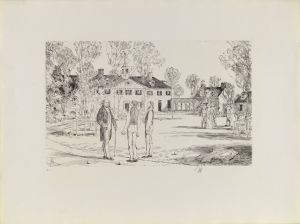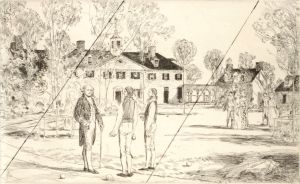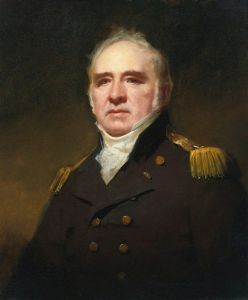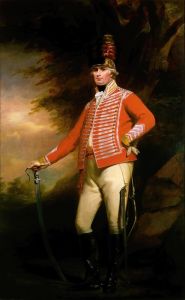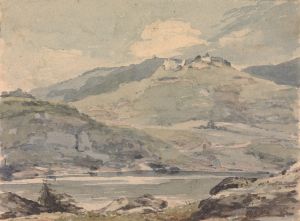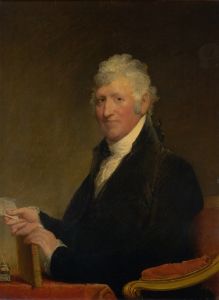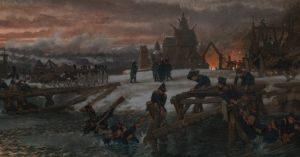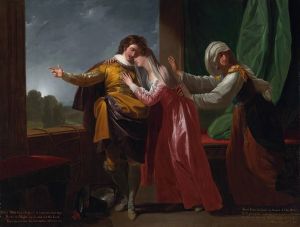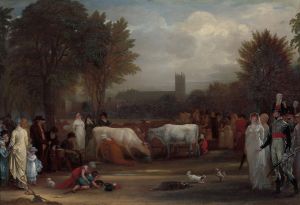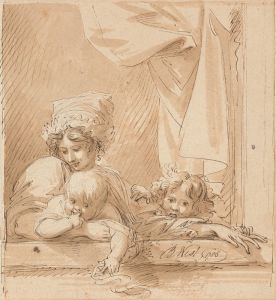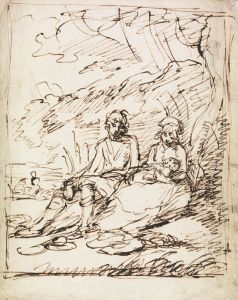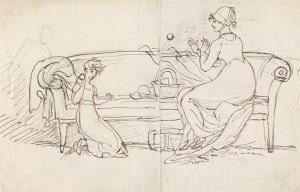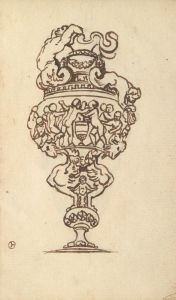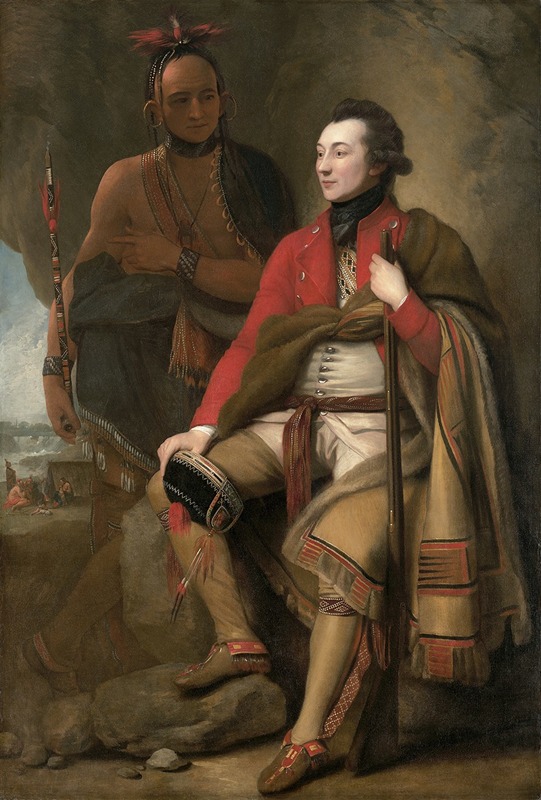
Colonel Guy Johnson and Karonghyontye
A hand-painted replica of Benjamin West’s masterpiece Colonel Guy Johnson and Karonghyontye, meticulously crafted by professional artists to capture the true essence of the original. Each piece is created with museum-quality canvas and rare mineral pigments, carefully painted by experienced artists with delicate brushstrokes and rich, layered colors to perfectly recreate the texture of the original artwork. Unlike machine-printed reproductions, this hand-painted version brings the painting to life, infused with the artist’s emotions and skill in every stroke. Whether for personal collection or home decoration, it instantly elevates the artistic atmosphere of any space.
"Colonel Guy Johnson and Karonghyontye" is a painting by the renowned Anglo-American artist Benjamin West, completed in 1776. This artwork is a significant historical portrait that captures Colonel Guy Johnson, a British official and diplomat, alongside Karonghyontye, also known as Captain David Hill, a Mohawk leader. The painting is notable for its depiction of the complex relationships between British colonial authorities and Native American tribes during the 18th century.
Benjamin West, born in 1738 in Pennsylvania, was a prominent figure in the art world, known for his historical paintings and portraits. He spent much of his career in London, where he became the second president of the Royal Academy. West's work often focused on historical and contemporary events, and he was particularly interested in the interactions between European settlers and Native Americans.
Colonel Guy Johnson was an influential figure in the British administration of North America. Born in Ireland around 1740, he moved to the American colonies and became deeply involved in colonial affairs. Johnson was appointed as the Superintendent of Indian Affairs for the Northern Department, a position previously held by his uncle, Sir William Johnson. In this role, he was responsible for managing relations between the British government and various Native American tribes, particularly the Iroquois Confederacy.
The painting portrays Johnson in a military uniform, symbolizing his role as a British official. He is shown with Karonghyontye, who is dressed in traditional Mohawk attire, including a feathered headdress. This visual juxtaposition highlights the cultural exchange and diplomatic relationships between the British and the Native American tribes during this period. The inclusion of Karonghyontye in the portrait underscores the importance of Native American alliances to British colonial strategy, especially during the American Revolutionary War.
The backdrop of the painting is a natural landscape, which was a common feature in West's work, reflecting the American frontier's untamed wilderness. This setting serves to emphasize the connection between the figures and the land they inhabited and negotiated over.
"Colonel Guy Johnson and Karonghyontye" is housed in the National Gallery of Art in Washington, D.C. The painting is an important artifact that provides insight into the historical context of British-Native American relations and the role of art in documenting and interpreting these interactions. West's portrayal of Johnson and Karonghyontye is not only a representation of two individuals but also a reflection of the broader geopolitical dynamics of the time.
This artwork remains a valuable resource for historians and art enthusiasts alike, offering a window into the complexities of colonial diplomacy and the cultural intersections between European settlers and Indigenous peoples. Through his skillful depiction, Benjamin West captures a moment in history that continues to resonate in discussions about colonialism, identity, and representation.





